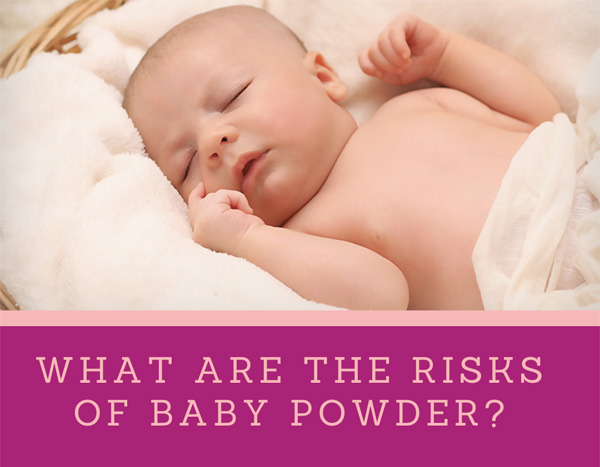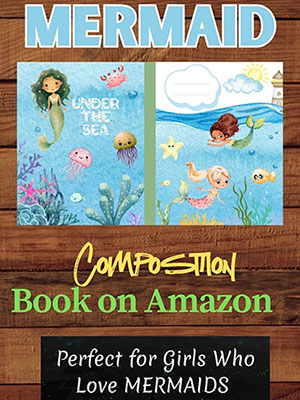Sometimes the things you might think are safe in your home that you wouldn’t think about worrying about, might actually not be harmful. According to law firm Lorenz & Lorenz, manufacturers are required to make sure the products they sell are safe, yet that often doesn’t happen. One example of a product that’s gotten a lot of negative attention in recent years is baby powder. As a parent, you might be wondering what the risks of baby powder are and what alternatives are available. What Are the Risks of Baby Powder?

What is Baby Powder?
If you’re a new parent, you might consider using baby powder for your newborn. Baby powder can absorb moisture and reduce friction. In doing so, it can prevent diaper rashes and irritation that occurs because of chafing. Some baby powders are made with talc, also known as talcum powder, but not all are.
Talc is known as one of the softest minerals in the world, and in addition to using it to prevent or treat diaper rash, adults also use this product in some cases. For example, it might be used around underwear to keep the area dry and irritation-free. Talc is sometimes used in makeup and beauty products too. For example, it might be used as an oil-absorbing setting powder. Talc is mined from the earth, and it occurs naturally near asbestos in many cases. Asbestos is a cancer-causing mineral that’s naturally occurring.
The claim with baby powder is that since it’s often mined from the same areas as asbestos, that talcum powder can also cause cancer. Johnson & Johnson has faced more than 6,600 consumer lawsuits. Many of these are from women with ovarian cancer, who claim the talcum powder being used on their genitals contributed to or caused their cancer. Some studies have shown the long-term use of talcum powder on female genitals leads to an increased risk of ovarian cancer. There’s also the potential for these products to be contaminated with asbestos itself.
What Does the Research Say?
So does research tells us that baby powder increases the risk of cancer? In short, we don’t completely know yet. There was research from 1971 that found a link between ovarian tumors and talc particles. There was another study in 1982 that found a possible link between talc use on the genitals and ovarian cancer. In 2014, there was a study that found no link. Then, in 2016, the research found using talc on the genitals could increase the risk of developing ovarian cancer by 22%. That study was based on personal interviews which may not always be accurate. A 2018 review found a statistically significant link between using talcum powder on the genitals and ovarian cancer.
While research does show there are some possible links between talcum powder and ovarian cancer, there are many factors that can raise the chances of developing ovarian cancer, including genetics, family history, age, and being on long-term hormone therapy. With all of these things in mind, scientists can’t definitely say talcum powder causes cancer, but they can’t rule it out either. The European Union (EU) has banned the use of talc in health and beauty products, and the Centers for Disease Control and Prevention (CDC) warns that inhaling talc repeatedly could damage the lungs.
The American Cancer Society says that when discussing the possible links between talcum powder and cancer, there needs to be a distinction made between talc containing asbestos, and asbestos-free talc. If talc contains asbestos, it’s accepted that it may have the potential to cause cancer. The American Cancer Society goes on to say this is less clear with talc not containing asbestos. There was a Reuters report released in late 2018 that indicated Johnson & Johnson knew for decades their baby powder products were contaminated with asbestos but didn’t publicly disclose the information. The company still sells and defends its baby powder products.
Are There Baby Powder Alternatives?
As a parent, even though research is mixed, you may want to avoid baby powder products, which is understandable. There are natural alternatives. Cornstarch is one popular option that’s completely free of asbestos. The consistency of cornstarch is similar to talcum powder. Another option is arrowroot starch, which comes from a tropical plant. It’s often used in baked goods by people who follow a paleo or gluten-free diet. Baking soda can absorb moisture, so it’s often considered a viable baby powder alternative.
For many parents, even if we don’t know everything about the risks of baby powder, it’s better to take a cautious approach. You’d always rather err on the side of caution when choosing products for your baby.






Speak Your Mind